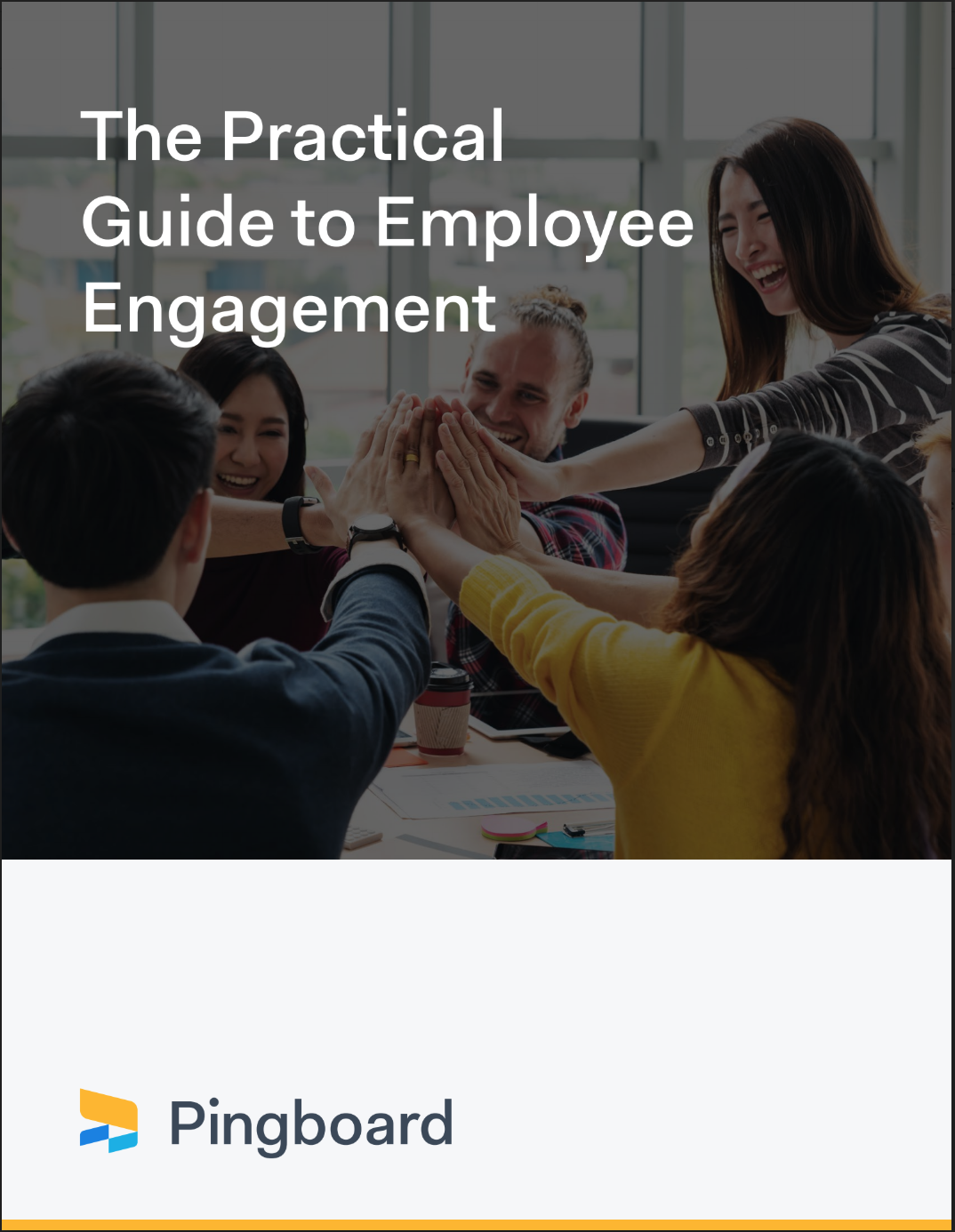See People as Hearts, Not Resources
Demonstrating the value of employee engagement requires looking at people differently and understanding the experiences and work conditions that drive their commitment.
Claude Silver, Chief Heart Officer at VaynerMedia, says that understanding employee engagement requires seeing people as “hearts,” not as resources. Silver renamed the HR department as the “People and Experience team,” a move that demonstrates the company’s focus on creating more authentic, positive experiences at work. Those experiences, in turn, enable employees to give and be their best.
When you focus on people, their experiences at work, and what matters most to them, you learn what it takes to keep them engaged. Only by examining the top drivers of employee engagement can you hope to move the needle in a positive direction.
Employee engagement ideas:
- Regular feedback and recognition: The words “thank you” have a powerful impact. Employees are more likely to give their best when they know their effort and results are appreciated and recognized. Recognition need not be only in the form of a promotion or raise. It can take many forms, from a shout-out in a staff meeting to an email acknowledging an employee’s hard work.
- Opportunities for skill development: Employees are energized by learning opportunities that support their career aspirations and build their confidence. Support for employee growth and development demonstrates that the organization cares about them, encouraging employees to also care more about the organization and its goals.
- Positive work relationships: An SHRM study found that relationships with coworkers were one of the top five drivers of employee engagement. When people have opportunities to connect with coworkers, they also connect with the broader company.
- Communication and collaboration: In today’s interconnected world, effective and frequent communication is a requirement for company survival and growth. It’s easier to build engagement when individuals and teams share information, ideas, and resources. Developing a culture of collaboration helps encourage transparency and trust, two necessary ingredients for engagement.
With a clear understanding of the key drivers of engagement, you’ll need to make the case for introducing the right tools to measure and improve engagement. Social networking, e-learning, and fun, unstructured activities offer unique opportunities for employees to develop connections and build a deep sense of commitment to the organization.



